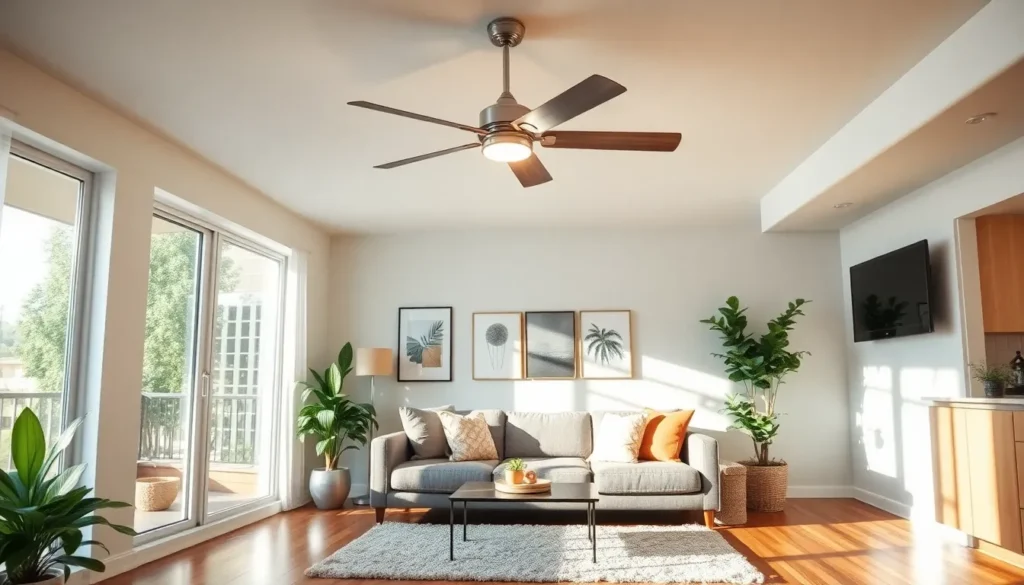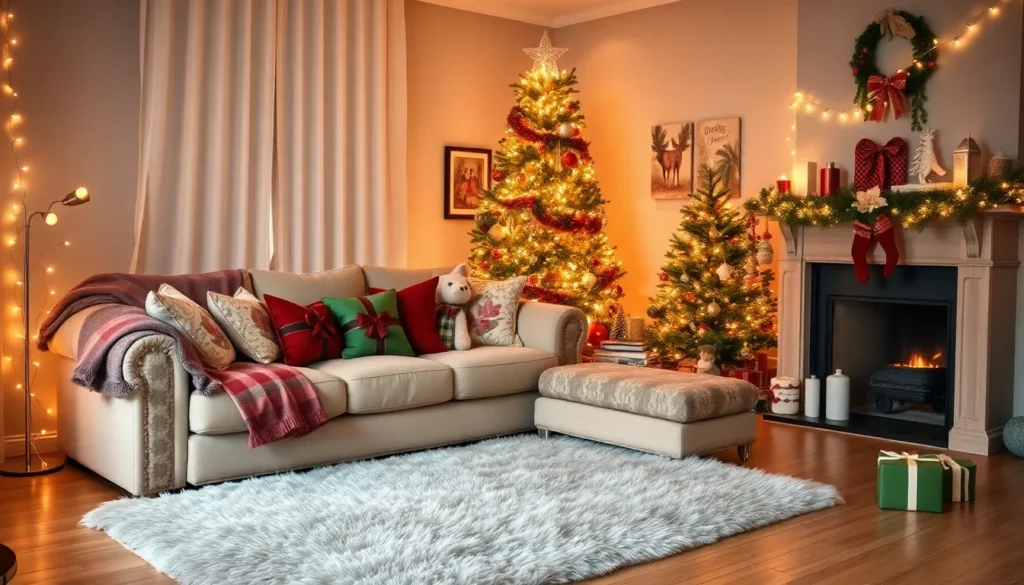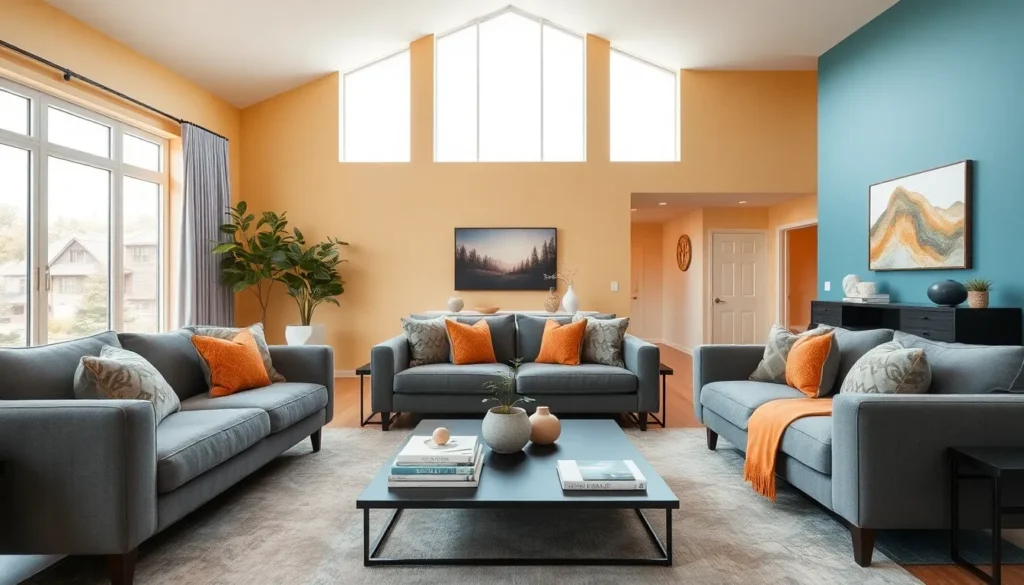Tiny homes are gaining ground so fast, they might as well be on roller skates. As society shifts toward more sustainable living and minimalism, the tiny home movement has exploded in popularity. Curious about what’s happening in this compact world? Buckle up, because we’ll jump into the latest trends, design innovations, and stories that showcase why tiny homes are not just a fad, but a lifestyle choice for many. Let’s jump into the tiny home news of 2025.
Table of Contents
ToggleThe Rise of Tiny Homes in 2025

In 2025, tiny homes are not merely a trend: they’ve become a legitimate housing solution for many people. Rising housing costs and shifting attitudes toward ownership have played a significant role in this phenomenon. More individuals, especially millennials and Gen Z, are trading spacious apartments for cozy, efficient spaces.
This year, the tiny home market is seeing an increase in sales, with projections estimating a growth rate of nearly 20%. There’s a strong emphasis on affordability, and for many, purchasing a tiny home is a dream come true. Families are looking toward these compact abodes as they prioritize experiences over possessions, embracing the freedom that comes with minimal living.
Besides, tiny home communities are popping up across the country, creating a sense of camaraderie among residents. More than just houses, these are now flourishing social hubs where people connect and share resources. The allure of a smaller footprint, combined with communal living, makes this an attractive option for many. The tiny home phenomenon isn’t just for individuals: it’s reshaping the way entire communities function.
Sustainable Living and Its Impact on Tiny Home Popularity
The surge in tiny homes can largely be attributed to the increasing focus on sustainability. Consumers are more aware than ever of their environmental impact, and tiny homes offer a solution that’s right-sized for today’s eco-conscious mindset.
These homes are equipped with energy-efficient appliances, solar panels, and materials designed to minimize carbon footprints. As a result, homeowners can live comfortably while significantly reducing energy consumption. Many tiny homes are also designed with recyclable materials, further emphasizing the commitment to eco-friendliness.
Rainwater collection systems and composting toilets are common features among modern tiny homes. Owners can harness natural resources and practice responsible living, making these homes appealing for those who want to shrink their ecological impact without sacrificing style or comfort. This trend toward sustainability is making tiny homes a preferred option for first-time buyers and veterans of lifestyle changes alike.
Latest Innovations in Tiny Home Design
Innovation is at the forefront of the tiny home movement. Designers and builders are continually pushing the envelope, creating homes that are not just small but also remarkably functional and aesthetically pleasing.
In 2025, there’s a greater emphasis on multi-functional spaces. For instance, smart furniture that folds or transforms is gaining popularity among tiny home residents. Imagine a couch that turns into a bed with just one swift motion, or a table that serves as a workspace during the day and a dining area by night, these designs maximize utility without compromising style.
Also, advancements in building technology are allowing for smarter, smaller homes. 3D printing in construction is becoming more viable, reducing costs and material waste. Prefabricated homes are also on the rise, making it easier for buyers to customize their spaces quickly.
These innovations reflect a shift toward appreciating not just the size of a home but its smart and effective use of space. As more people adopt tiny living, they’re also demanding designs that support their new way of life.
Legislative Changes Affecting Tiny Home Communities
As the tiny home movement grows, so too does the need for regulatory frameworks that support it. In 2025, various local governments are evolving their zoning laws to accommodate tiny homes, recognizing their role in addressing housing shortages.
Many towns are implementing changes to allow for tiny home communities as affordable housing solutions. Some states are piloting programs that streamline the approval process for tiny home construction, while others are addressing building codes that previously hindered the movement. Legislation aimed specifically at tiny homes helps them fit seamlessly into neighborhoods.
But, not all changes have moved swiftly. Some regions still resist the growth of tiny home communities, often due to misconceptions about their impact on property values or local aesthetics. Nevertheless, advocates are actively engaging in dialogue with policymakers to foster understanding and pave the way for these innovative living solutions.
Financing Options for Tiny Home Buyers
Financing tiny homes can be a bit tricky, as they often aren’t categorized as traditional real estate. But, in 2025, new financing options are emerging to make homeownership more accessible than ever before.
Many banks and specialty lenders are starting to offer loans specifically for tiny homes. Some even provide options for those purchasing land along with their tiny home.
Also, personal loans, RV loans, and even crowdfunding platforms are becoming popular financing routes. Individuals who once thought tiny homes were out of reach are finding creative ways to fund their journeys toward homeownership.
These flexible financing options reflect a growing recognition of tiny homes as viable and legitimate housing solutions. As interest continues to rise, it’s likely that banks and lenders will further adjust to accommodate the needs of tiny home buyers.
Personal Stories from Tiny Home Residents
Real-life stories from tiny home residents reveal the essence of what living in these compact spaces can offer. Take Sarah, for example, who traded her corporate job for a life on wheels. She found freedom and flexibility in tiny living, traveling across the country with her home in tow.
Then there’s Jake and Emma, a couple who downsized from their suburban house to a tiny cottage in the woods. Their journey reflects a conscious choice to prioritize experiences over material possessions. They often share their adventures with a growing online audience, inspiring others to consider the benefits of simplifying their lives.
These personal narratives underscore the emotional aspects of tiny living, showcasing how these homes aren’t just about architectural design, they’re about lifestyle transformation. Whether it’s the liberation from debt or the joy of minimalism, tiny homes serve as a stage for tales of self-discovery and community.
The Future of Tiny Home Living
What does the future hold for the tiny home movement? As we move further into the 2020s, the popularity of these homes is expected to keep soaring. With the push for sustainable living only increasing, tiny homes will likely find a lasting place in the housing market.
Innovations will continue to evolve, producing more energy-efficient homes that also cater to aesthetic tastes. Caroline, a design enthusiast, notes the growing trend toward biophilic design, which meshes nature with indoor spaces, enhancing mental well-being. Also, advancements in technology like smart homes will redefine expectations, allowing homeowners to control everything from lighting to temperature with the tap of a finger.
Collaboration between tiny home builders and eco-friendly manufacturers could pave the way for aspirational yet affordable homes. Those interested can expect a personal touch, with builders offering customization that aligns with owners’ lifestyles and values. As tiny living gains further acknowledgment, its potential for enriching lives continues to expand.









